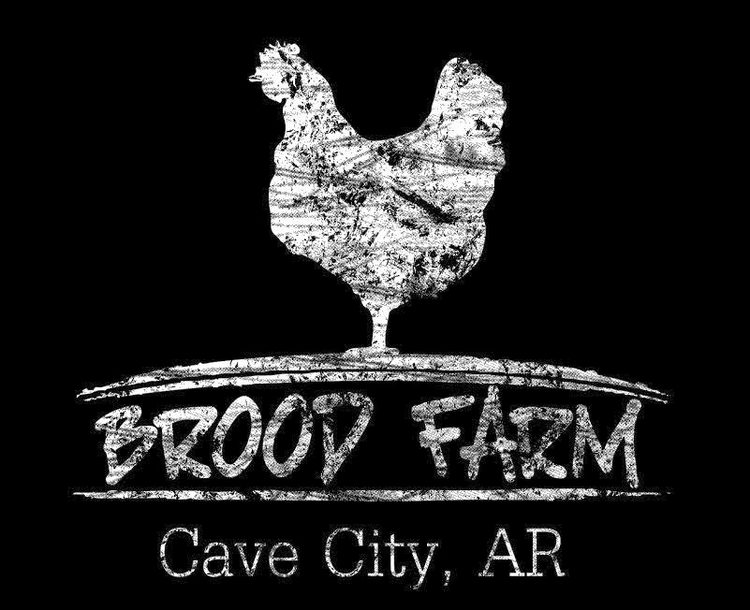You guys are just too much! I LOVE our blog readers. You may recall from last week's post that I announced we are currently out of eggs to sell but hoped to get away with a non-explanation in the post. Frankly, we were in the midst of our 11-Christmas-parties-in-5-days-a-thon, and I was just looking for a quick and easy way to let everyone know that I don't have eggs available.
But you guys were having none of it. You wanted to know WHY. WHY no eggs? And, that really makes me happy. Because if one of our missions here at Brood Farm is to connect folks with the food on their plates, then it is my responsibility to let you know exactly what is going on here. And, so I love that you are holding me accountable for that and demanding to know WHY there are no eggs right now.
It's a trifecta of disaster, really.
1. It's winter. Contrary to popular belief, chickens do not stop laying eggs because it's cold outside. Production slows because of a lack of daylight. For chickens to lay their best, they require at least 14 hours of daylight. Obviously, winter does not afford them this. Lights can be used to fool chickens into thinking the days are still long, but our chickens are free range, and their wagon is pulled all over the farm and VERY far from any electrical source. So, winter is upon us, and it's taken its toll, but that alone would not account for a decrease in eggs as dramatic as we've experience. There's more to it.
2. The chickens are molting. Adult chickens molt approximately once a year. This usually begins at 16-18 months of age and is typically triggered by the shortening of daylight hours that occurs in late fall/early winter. During molt, chickens systematically shed their feathers and grow a new set. As feathers are made up of about 85% protein, this re-growing process uses up much of the protein the birds take in, leaving little left for egg production. Most chickens will stop laying altogether during this period. About 90% of our layers are all the same age, so they are molting at the same time. . . and taking a break from laying at the same time. So, these two factors alone would account for the drop in production, but there's yet a third factor.
3. Predation is killing us. Literally. A few weeks back, our flock had an enemy that was picking them off at a rate of about one per day. While I'm pretty sure the monster has moved on now, he's left the ladies terrified. When a leaf falls from a tree, they all go running for cover. So, clearly, he hurt production just from a numbers standpoint: fewer chickens will lay fewer eggs. But, we also know (from our sweet Maggie's experiences) that traumatized chickens lay fewer eggs or may even stop laying until they have fully recuperated. And, there we have issue #3 facing our poor ladies.
The good news is aplenty, though.
1. The predator seems to have moved on.
2. Our young chickens are hopefully on the cusp of beginning to lay. Our experience in the past has been that young layers will lay right on through winter, and we are hopeful that these ladies will do the same.
3. In an effort to rule out possible causes for production problems, we've focused a lot of attention on the chickens. We are now able to rule out worminess as a cause for production problems, and we've given the chicken wagon and nesting boxes a complete pressure-washing to ensure that the ladies are living in pristine conditions. It's a poultry palace, people!
4. We are constantly learning. The lesson we're learning now about molt is a tough one. But, we now know that having a flock comprised of so many birds all one age can be a problem. We will need to be constantly introducing/retiring birds to ensure that we don't have this problem again next winter.
To farm is to learn. I imagine so long as we continue in this enterprise, we will continue to learn. That is a good thing -- a hard thing, some days, but ultimately a good thing.
